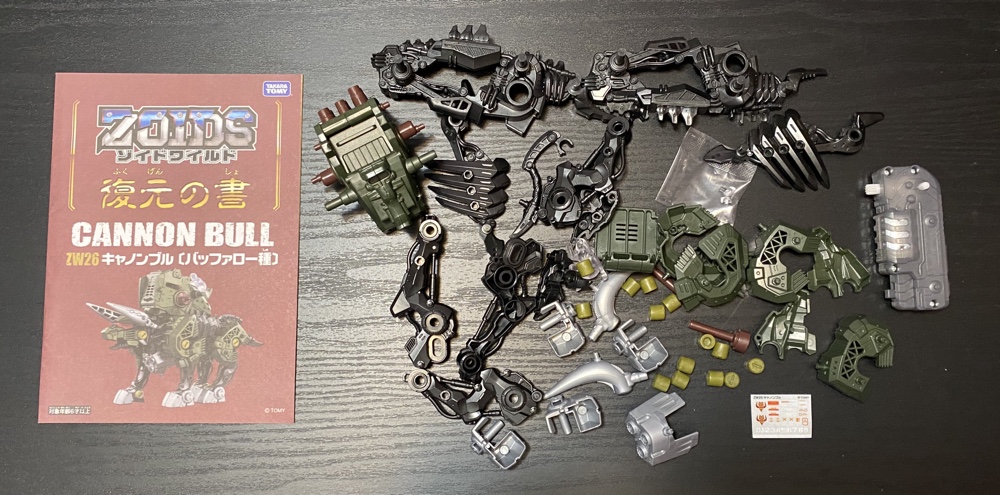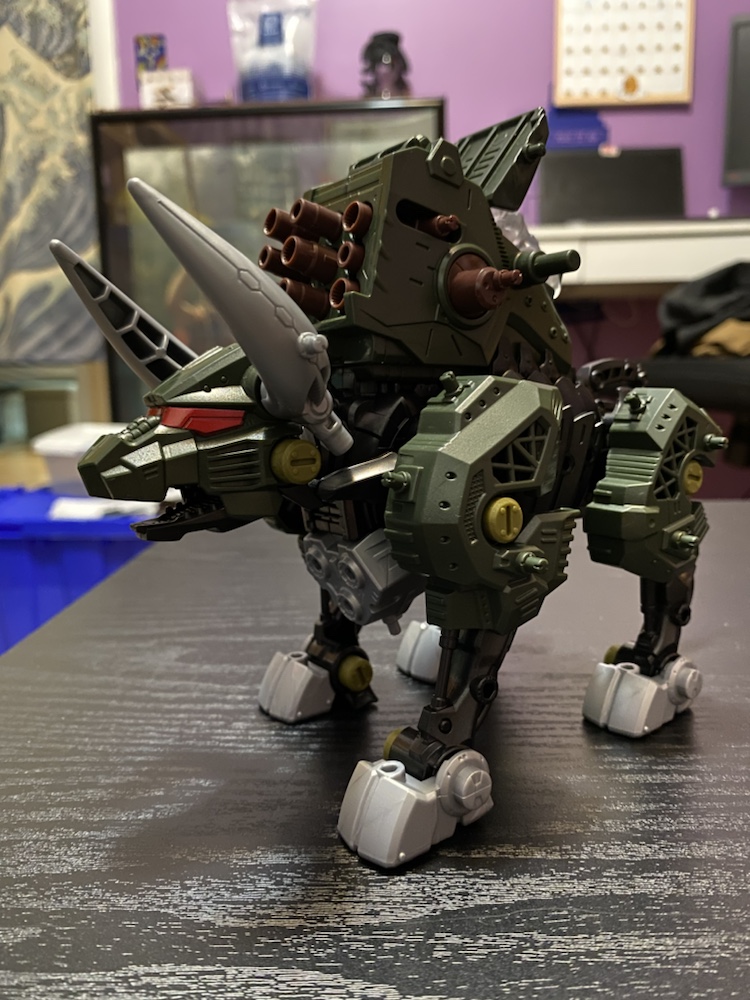Yesterday we visited a local animal park. We’d been twice before but due to covid they were a bit different this year. Specifically: they’d turned themselves into a drive-through safari!
After paying it was a short drive from the entrance to the first gate, beyond which we saw this:

Yes those are camels, and amongst them were also ostriches. In seconds we were mobbed!


We had little cups of food and the animals knew it. They were absolutely fearless when it came to getting the food of us, and didn’t hesitate to stick their heads right into the car.

Yes that’s a gigantic camel helping itself to food from the caddy between us in the car!
The animal flocked around us (and every car) so much that we couldn’t move until the attendants scared them away just long enough for us to drive forward a bit. Of course the cloud of camels and ostriches simply moved to the next car in line 🙂

A bit further along were some zebra! I hastily closed the window because of all the animals in the safari this was the one with warning signs. Apparently zebra can bite!


Next we drove into a forested section full of fallow deer, sika deer, albino deer, llamas and a certain evil bird (see below). This part overloaded with cuteness, mostly because of all the pretty deer and their big dewy eyes.

Of course had no food left since the ostriches and camels had taken it all!
The evil birds were these guys:

I have an ancestral fear of these (as do all Australians) so we closed the windows when they got near. This guy was tapping on the window with his razor-sharp beak as he stared at me with murderous intent. I gibbered as we drove on…

The last section had rhea, oxen, and a few other unusual cow like things. Alas we had no food for we surely would have fed the elegant rhea! They came right up to the car and looked at us with their lovely gray and blue eyes.
It took us a little under an hour to drive through and it was much better than we expected! They did a great job of converting their zoo, and the density of animals was hilarious. A great time was had by all 🙂




